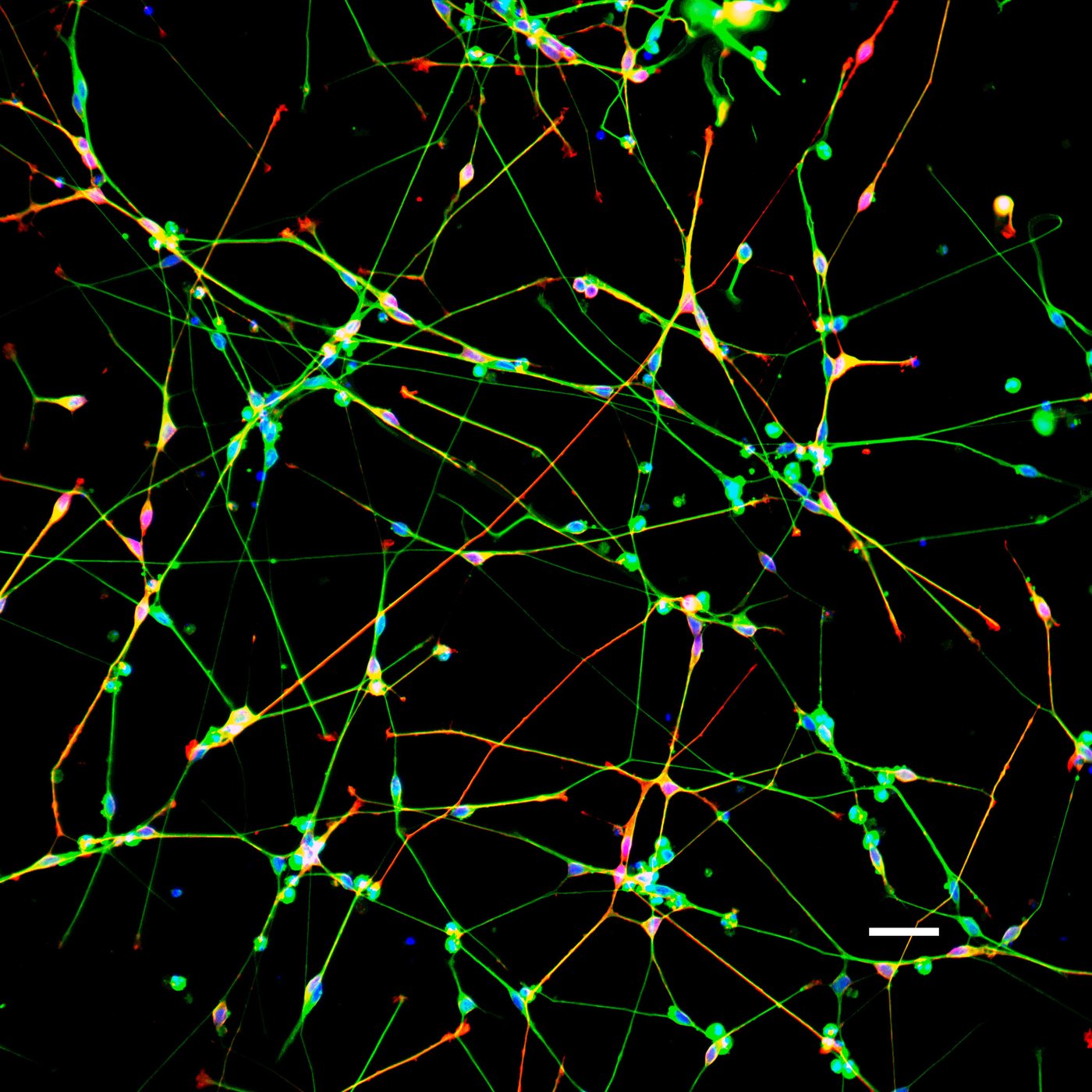
Prof. Dr. Rudolf J. Wiesner
In the course of a lifetime, mitochondria accumulate mutations in their mitochondrial DNA (mtDNA) in all tissues examined so far, especially big deletions, which leads to a tissue mosaic with few cells with severe mitochondrial dysfunction, embedded in normal tissue (e.g. Baris et al., Cell Metabolism 21, 667-77, 2015). We try to understand how somatic stem cells ensure that no such deletions accumulate, so that they can generate functioning cells if needed. For this purpose, we express a dominant-negative version of the mtDNA helicase Twinkle in stem cells of the epidermis and in satellite cells, respectively, from mice, and examine how these cells deal with the induced deleted molecules.